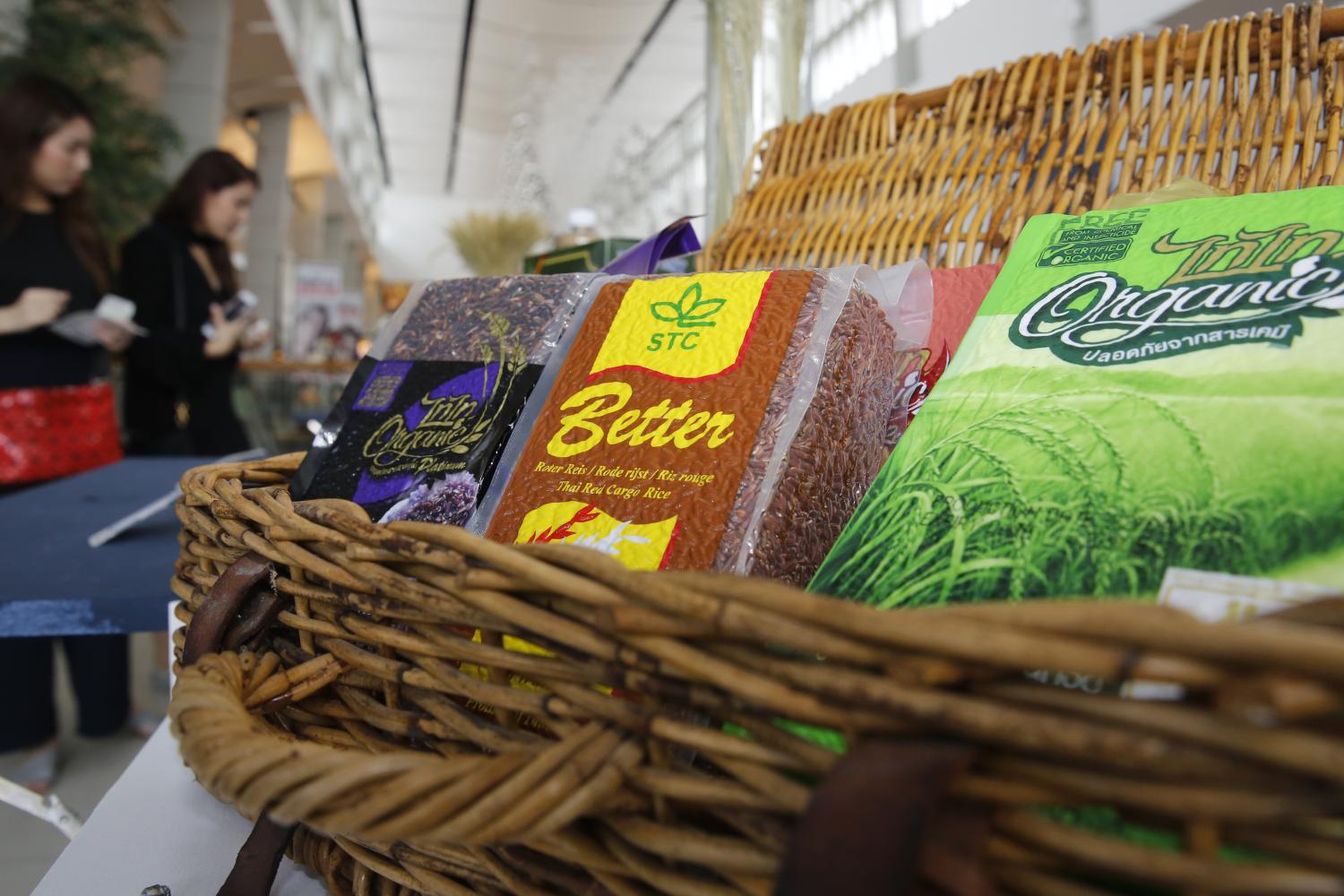
The government has set a target for rice exports at 6 million tonnes this year, slightly over the 5.72 million tonnes shipped last year.
Of the total 6 million tonnes, Keerati Rushchano, director-general of the Foreign Trade Department under the Commerce Ministry, said white rice is expected to make up 2 million tonnes followed by Thai hom mali rice at 1.5 million tonnes, parboiled rice at 1.5 million tonnes while Pathum Thani fragrant rice, provincial fragrant rice and sticky rice would account for the remainder.
"Thailand's rice exports still have to brave a spate of challenges, be it a strong baht, the container shortage or relatively higher prices than those of competitors," said Mr Keerati.
"Weak purchasing power of rice-importing countries due to the impact of the Covid-19 pandemic will also affect rice purchase demand."
However, Mr Keerati noted natural disasters in rice exporting countries and importers, if they occured, may trigger rice demand.
According to Mr Keerati, the Commerce Ministry's rice marketing plan will focus mainly on premium hom mali rice; the mass market for white rice and parboiled rice; and niche markets for organic, sticky rice and coloured rice.
Last year, Thailand exported a total of 5.72 million tonnes, down from 7.58 million tonnes in 2019. Export value tallied US$3.72 billion, down from $4.27 billion.
South Africa was the biggest export market, representing 672,777 tonnes, followed by the US at 672,183 tonnes, Benin at 476,290 tonnes, China at 381,363 tonnes, Angola at 347,292 tonnes, and other countries accounting for 3.17 million tonnes.
Mr Keerati attributed last year's rice export fall largely to the strong baht which made Thai rice more expensive than the grains of competitors. China also turned out to be a rice exporter to drain out its hefty rice stocks.
Thailand has also limited the supply of rice varieties to serve customers' demand, especially soft-textured white rice and encountered a drastic container shortage during the end of last year.

Last year, India ranked first in global rice exports, with 14 million tonnes, followed by Vietnam at 6.3 million tonnes, Thailand at 5.72 million tonnes, Pakistan at 4 million tonnes, and the US at 3.05 million tonnes.
Charoen Laothammatas, president of the Thai Rice Exporters Association, said the target set at 6 million tonnes for this year is appropriate given existing myriad risk factors, especially the ongoing container shortage and strong baht.
Drought is also expected to lower Thailand's rice production this year, he said.
"Thailand should focus this year on developing soft-textured rice varieties which are in high demand in the world market and upgrade laws and regulations about rice research and imports."
Chookiat Ophaswongse, honorary president of the Thai Rice Exporters Association, earlier said another factor is relatively low domestic rice production and higher stockpiles by local rice millers and traders, resulting in a rise in domestic rice prices.
Thailand's rice production is estimated at 18 million tonnes of milled rice in the 2020/2021 season, up from 16.5 tonnes in 2019/2020.
He said the stronger baht is not a boon for rice exports, and it may appreciate to below 28 baht per US dollar this year.
The free on board price of Thai white rice 5% is now quoted at $515 a tonne, while the Vietnam price is $512 per tonne. Indian white rice stands at only $385 a tonne.
"This year the new crop production in Vietnam from the winter-spring season in February to March is expected to be very good, while China still controls stock as high as 120 million tonnes," said Mr Chookiat.